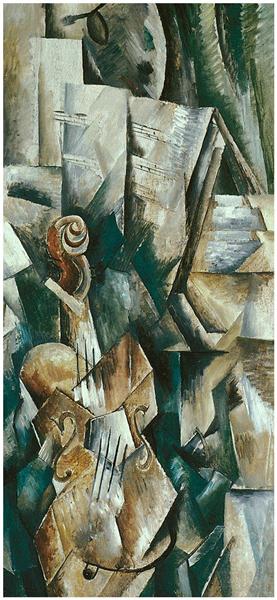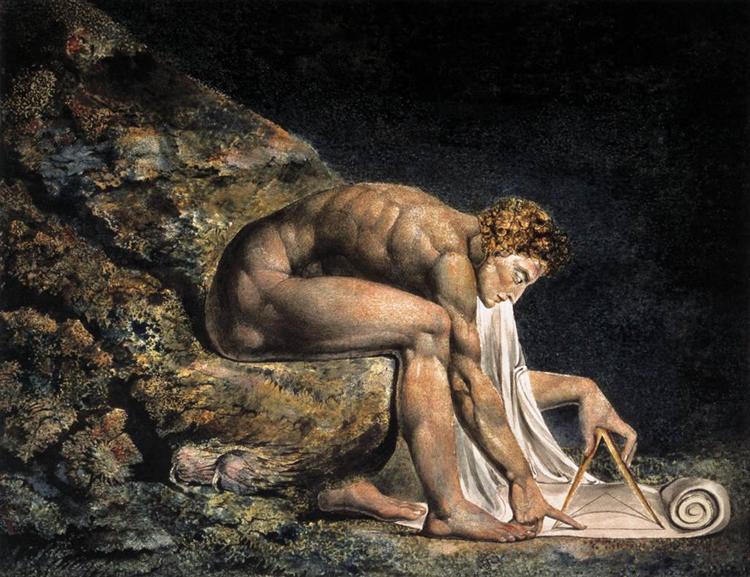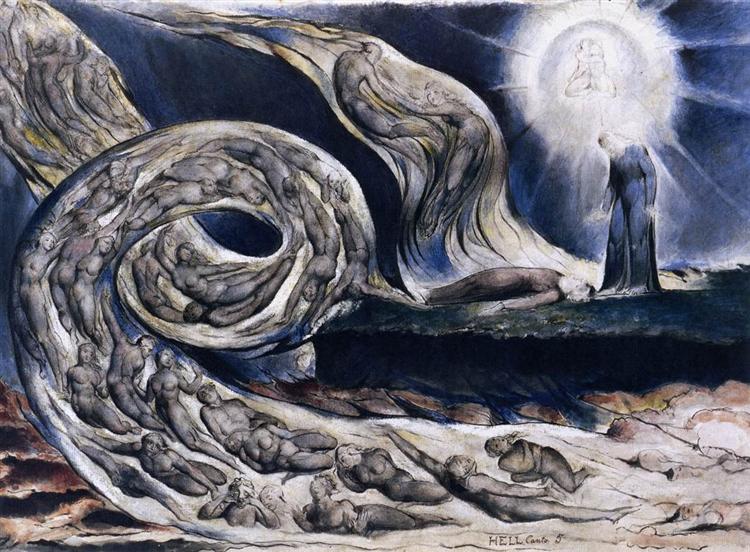
The proto-cubist painting Violin and Palette was painted at the beginning of a new era in the work of Georges Braque. If the previous year he devoted mainly to landscapes, then in 1909 they were almost completely replaced by still lifes. Mostly – with musical instruments: violins, guitars and mandolins. They will remain a favorite subject of Marriage throughout his artistic career.
During this period, figurativeness gradually disappears from Braque’s paintings. The artist breaks the objects into fragments, which he then “interferes” with the background, as if hiding them among the rest of the canvas, turning them into pieces of a puzzle. But there is still a long way to go to mature cubist objectlessness. By simplifying the forms, Braque keeps the objects unmistakably recognizable, prescribing the individual elements with amazing precision, skill and grace. For example, we see the outlines of a violin right away, but only upon closer examination it becomes obvious how much Braque reproduced its device in detail.
Muted colors allow the artist to build the play of light and shadow in such a way that when you move your gaze along the surface of the canvas or just carefully scrutinize, it begins to seem that some elements of the picture are moving or merging with others.
One can compare “Violin and Palette” with Braque’s earlier work – “Landscape near Antwerp”, which he wrote shortly before the start of Cubist experiments. Between them is a striking contrast in the color palette, the shapes of objects and the use of shadows. The craftsmanship with which both paintings are made leaves no doubt, but there is a huge difference between them in terms of color and clarity. In the painting “Landscape near Antwerp” we do not see individual details, only masses of shapes and outlines. The artist uses different colors to indicate different heights and depths of the landscape. In “Violin and Palette,” Braque literally “dissects” objects, breaking them into pieces, but at the same time manages to maintain fine detail.
Year of painting: 1909.
Dimensions of the painting: 92 x 43 cm.
Material: canvas.
Writing technique: oil.
Genre: still life.
Style: analytical cubism.
Gallery: Solomon Guggenheim Museum, New York, USA.


